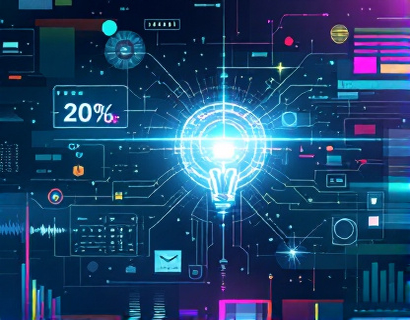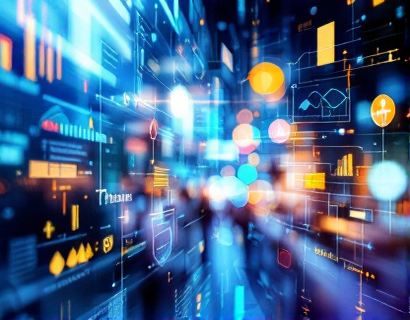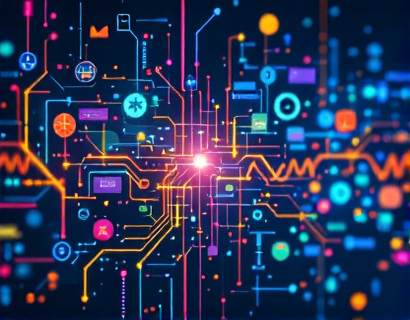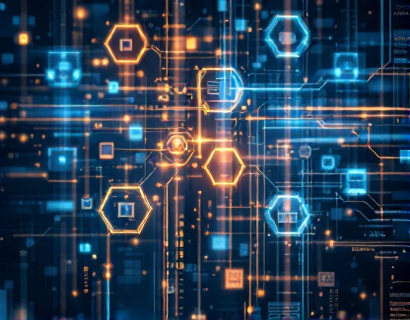Empowering Lifelong Growth: Accessible Educational Resources and Interactive Learning Tools
In the digital age, the pursuit of knowledge knows no bounds. For students and lifelong learners, accessing a wide range of educational resources is crucial for personal and professional development. The advent of comprehensive digital libraries and interactive learning platforms has revolutionized the way we learn, making education more accessible and engaging than ever before. This article delves into the importance of these resources, highlighting how they can empower individuals to achieve their full potential and foster a lifelong love for learning.
The foundation of any robust educational journey is a well-stocked library of resources. Traditional libraries have evolved to include digital platforms that offer a vast array of materials, from articles and e-books to interactive courses and multimedia content. These platforms are designed to cater to diverse learning styles and needs, ensuring that everyone, regardless of their background or location, can access high-quality educational content. The convenience of digital resources cannot be overstated, as they allow learners to access information anytime, anywhere, on various devices.
One of the key benefits of these digital resources is their accessibility. For individuals with disabilities, accessible educational materials are transformative. Text-to-speech tools, adjustable font sizes, and screen reader compatibility make it possible for everyone to engage with the content. This inclusivity ensures that no one is left behind in the quest for knowledge, aligning with the broader goals of education to be equitable and inclusive.
Interactive learning tools take engagement to the next level. Unlike passive reading, interactive tools encourage active participation, which enhances understanding and retention. Simulations, virtual labs, and gamified learning experiences make complex concepts more tangible and fun. For example, a virtual lab allows students to conduct experiments without the need for physical equipment, making science education more accessible and safe. These tools not only make learning more enjoyable but also help in developing critical thinking and problem-solving skills.
The curated selection of materials available on these platforms is another significant advantage. Educators and content creators carefully choose and develop content to ensure it is relevant, accurate, and up-to-date. This curation process saves learners time and effort, allowing them to focus on learning rather than sifting through vast amounts of information. The quality of content is paramount, as it directly impacts the learning outcomes and the overall educational experience.
For students, these resources provide a comprehensive support system. From foundational subjects like mathematics and literature to specialized fields such as computer science and engineering, the range of topics is extensive. Interactive courses often include quizzes, assignments, and peer discussions, which simulate the classroom experience and foster a sense of community. This community aspect is vital, as it provides learners with opportunities to collaborate, share ideas, and learn from one another.
Lifelong learners, whether they are professionals looking to upskill or individuals pursuing personal interests, also benefit immensely from these platforms. Continuous learning is essential in today's rapidly changing world, and having access to a wealth of educational resources makes it easier to stay current. Whether it's learning a new language, understanding emerging technologies, or exploring creative arts, the options are endless. The flexibility of online learning allows individuals to balance their educational pursuits with other responsibilities, making lifelong learning a feasible and rewarding endeavor.
The impact of accessible educational resources extends beyond individual benefits. On a societal level, promoting education and learning contributes to economic growth, social cohesion, and cultural enrichment. Educated individuals are more likely to contribute positively to their communities, drive innovation, and participate in democratic processes. By empowering people with the tools and knowledge they need, we are investing in a brighter future for all.
Moreover, the digital nature of these resources makes them environmentally sustainable. Traditional printing and distribution of books and materials have a significant carbon footprint. Digital platforms reduce the need for physical materials, thereby lowering environmental impact. This sustainability aspect aligns with the growing global emphasis on eco-friendly practices and responsible resource management.
To fully leverage these resources, it is important for learners to develop effective strategies for finding and utilizing educational content. Start by identifying reputable platforms and organizations that offer high-quality, relevant materials. Utilize search engines and educational directories to discover new resources. Setting clear learning goals and creating a structured plan can help in navigating the vast amount of available content. Joining online forums and communities related to specific subjects can also provide valuable insights and recommendations from fellow learners.
Interactive learning tools often come with built-in progress tracking and feedback mechanisms. These features help learners monitor their progress, identify areas for improvement, and adjust their learning strategies accordingly. For instance, adaptive learning platforms use algorithms to tailor content to the individual's learning pace and style, ensuring a personalized educational experience. This level of customization is particularly beneficial for learners with different needs and preferences.
Another advantage of digital educational resources is their scalability. As more people access these platforms, the cost per user tends to decrease, making high-quality education more affordable. This democratization of education breaks down barriers and opens up opportunities for individuals from all walks of life. Whether in developed or developing regions, access to educational resources can level the playing field and promote global equality.
In addition to formal educational content, these platforms often offer professional development resources for working individuals. Online certifications, webinars, and industry-specific courses help professionals stay competitive and advance in their careers. The ability to upskill or reskill at any point in one's career is invaluable, especially in fields that are rapidly evolving due to technological advancements.
For educators and content creators, developing and curating high-quality educational resources is a rewarding yet challenging task. It requires a deep understanding of educational theory, pedagogical methods, and the latest technological tools. Collaboration between educators, technologists, and subject matter experts is essential to create engaging and effective learning experiences. Open educational resources (OER) movements have also played a significant role in sharing and improving educational content, fostering a collaborative global community.
In conclusion, accessible educational resources and interactive learning tools are powerful instruments for empowering lifelong growth. They provide a flexible, inclusive, and high-quality learning environment that caters to diverse needs and aspirations. By embracing these resources, individuals can unlock their full potential, pursue their passions, and contribute to a more educated and prosperous society. The journey of learning is a continuous one, and with the right tools and support, it can be both fulfilling and transformative.










































